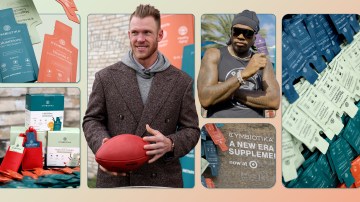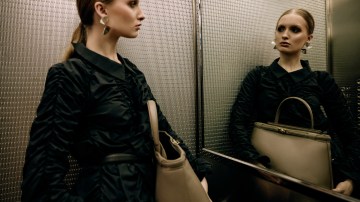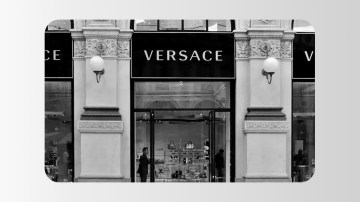Beauty brands have a unique advantage, when it comes to phygital commerce on Roblox. E.l.f. Beauty is leaning in by testing a virtual kiosk within its existing E.l.f. UP! in-game experience. The kiosk, introduced on July 1, sells exclusive physical products like the E.l.f. UP! Pets Hoodie and popular skin-care items, and is set to be an example of how brands use commerce on the platform.
Through the kiosk, users can purchase real-world E.l.f. products while engaging in an immersive virtual environment. For the connected items sold through the kiosk, buyers receive a “virtual twin,” which is a digital version of the item that can be used on the platform. The virtual twins were designed in collaboration with Roblox community creators. E.l.f.’s shoppable kiosk is accessible to U.S.-based Roblox users on mobile and desktop. E.l.f.’s 49 exclusively digital items range in price from 50-130 Robux — $1 equates to 740 Robux.
E.l.f. is the second brand to launch “real-world” e-commerce on Roblox, only following Walmart. “E.l.f. looks beyond the ‘now’ and into the future,” said Patrick O’Keefe, vp of integrated marketing communications. According to O’Keefe, E.l.f. is targeting over 13 million visits to its Roblox experience.
Geeiq, a gaming analytics platform, showed that E.l.f.’s Roblox experience is the most popular branded beauty experience on the platform, surpassing Givenchy’s “Beauty House,” Sunsilk’s “Hair Care Lab Tycoon” and Nivea’s “Tower Run”. The experience “takes users on a seamless and dynamic, personalized journey to become successful entrepreneurs and cultural change-makers,” O’Keefe said. To date, the E.l.f. UP! Roblox experience has had a 96% positivity rating and distributed over 1 million free virtual items.
Other beauty brands including Fenty, Essence, and Maybelline have also launched experiences on the platform. Tapping into Roblox’s younger, digitally-savvy demographic with great purchasing power and influence are the shared goals. Roblox has over 200 million, predominantly Gen-Z active users, according to data from Roblox.
According to Anne-Liese Prem, head of cultural insights and trends at the Loop agency, “Beauty brands might have more success than fashion in selling connected items because customers are already more accustomed to virtually trying on makeup and hairstyles via AR filters compared to clothes.” This familiarity with virtual beauty products paves the way for better integration of real-world products.
The Roblox Digital Expression Report from November 2023 reveals that over 51% of self-identifying female Gen-Z users on Roblox consider it important to customize their avatar makeup daily or weekly.
“By offering virtual twins of physical products, E.l.f. is seamlessly blending the digital and real worlds, allowing users to express their in-game style in real life and vice versa,” O’Keefe said.
For its part, Walmart, is testing purchase rates through the platform and will add more private-label brands to its e-commerce offerings if successful.
“Our vision is to ultimately enable brands and creators to turn their brand affinity and user engagement on the platform into a seamless shopping experience for their new and existing audiences,” said Stephanie Latham, vp of global brand partnerships at Roblox.
E.l.f. Beauty has significantly increased its marketing spend to support such innovative initiatives, allocating 25% of its net sales to marketing last year, up from 7% five years ago. This investment underscores E.l.f.’s commitment to expanding its reach and engaging consumers through diverse marketing channels.
O’Keefe highlighted the importance of this investment. “It’s a new way of envisioning commerce: blending virtual engagement with physical product sales around the world,” he said. “By offering products that are meaningful to our community, we can educate and engage our community in interactive, fun ways.”




